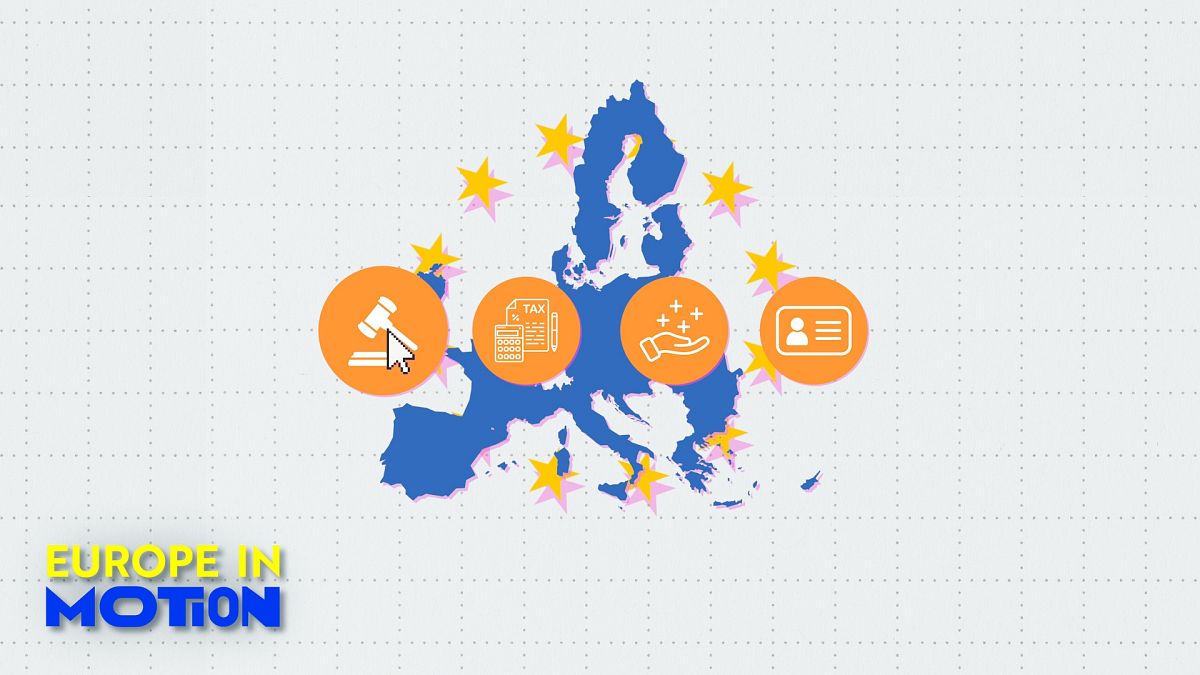Over a quarter of a century after the explosion of the World Wide Web, the digital revolution in the EU appears to have stopped halfway.
The latest Eurostat report on the bloc’s digitalisation shows 44% of the population lacks basic digital skills.
More concretely, over 150 million people can’t do things like searching for information online, sending emails or other communications, installing software, protecting personal data or creating digital content.
Miles away from the 80% digital literacy target set by the EU for 2030.
The lowest rates were reported across Romania, Bulgaria, Poland, Latvia and Italy, while the Netherlands, Finland, Ireland and Denmark sit at the other end of the spectrum.
Most Bulgarians, Romanians and Italians ignore E-government services
Low digital literacy is also one of the reasons why e-government services aren’t being widely utilised.
Of all people who used the internet over 12 months in the EU, only 47% did it to obtain or check information from public authorities’ websites – for example, checking opening hours, laws, benefits, or general services.
The highest rates of e-service users were found in Denmark, Finland and Cyprus.
Bulgaria, Romania, and Italy are in the lowest spots across the EU.
“I think there’s a story of two Europes” tells Euronews digital transformation expert Benjamin Welby.
“One that has firmly embedded digital in society, and the other where it is emerging. There are such huge variations between country at the more granular level but there is consistency in terms of what those averages are.”
What do EU citizens use the internet for?
Eurostat shows that the most popular activities among those who do use the internet are overwhelmingly related to communications, like emails (87%) or instant messaging (85%).
The third most popular online activity is looking up or buying goods and services (81%).
In this category, the best-selling items are clothing (70%), streaming subscriptions (46%), event tickets (38%), transport tickets (38%), food delivery (33%), hotel bookings (33%) and make-up (31%).
Following online shopping, most people use the internet for online banking (72%), reading online news sites (70%), social networks (70%) and searching for health information (63%).
Video editor • Mert Can Yilmaz
Read the full article here


